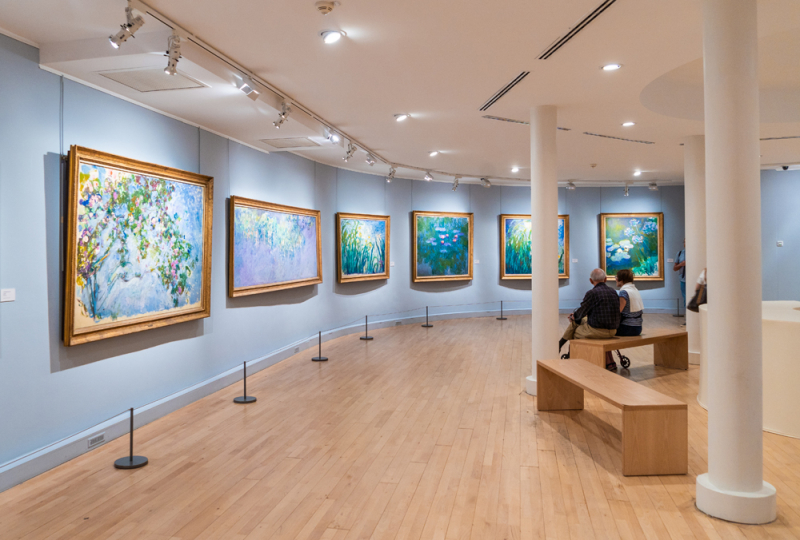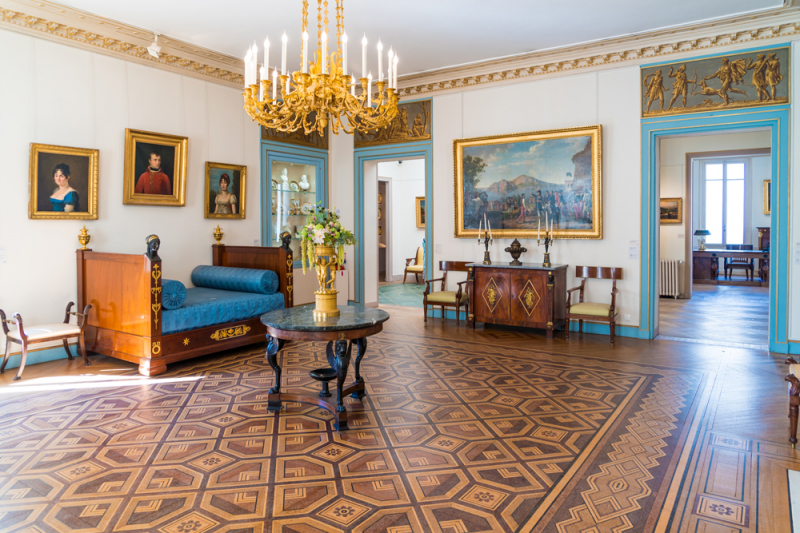Musée Marmottan-Monet
This old hunting pavilion, which was originally a museum of the Empire period left to the state by collector Paul Marmottan, has become a well-known holder of Impressionist art thanks to two bequests: the first by the daughter of the doctor of Manet, Monet, Pissarro, Sisley, and Renoir, and the second by Monet's son Michel. It has the world's largest Monet collection, with 165 pieces, as well as sketchbooks, palettes, and photographs. The spectacular late water lily canvases are housed in a distinctive circular room; upstairs are works by Renoir, Manet, Gauguin, Caillebotte, and Berthe Morisot, as well as 15th-century primitives, a Sèvres clock, and a collection of First Empire furniture.
With two important contributions, the museum's collection began to alter, despite its origins as a showcase for First Empire art. Victorine Donop de Monchy donated an important collection of Impressionist paintings to the museum in 1957, which had belonged to her father, Doctor Georges de Bellio, who was a physician to Manet, Monet, Pissarro, Sisley, and Renoir, as well as an early supporter of the Impressionist movement.
In 1966, Claude Monet's second son, Michel Monet, donated his father's paintings to the museum, resulting in the world's biggest collection of Monet paintings. The museum received a major collection of Impressionist and Post-Impressionist works (including several Monets) from Nelly Duhem, the painter Henri Duhem's adopted daughter, in 1985.
Berthe Morisot, Edgar Degas, Édouard Manet, Alfred Sisley, Camille Pissarro, Paul Gauguin, Paul Signac, Pierre-Auguste Renoir, and others are among the artists represented at the museum. It also holds the Jules and Paul Marmottan collection of Napoleonic era art and furnishings, as well as the Wildenstein Collection of illuminated manuscripts.
Location: 2 Rue Louis Boilly, Paris, IdF 75016
Website: https://www.marmottan.fr
















